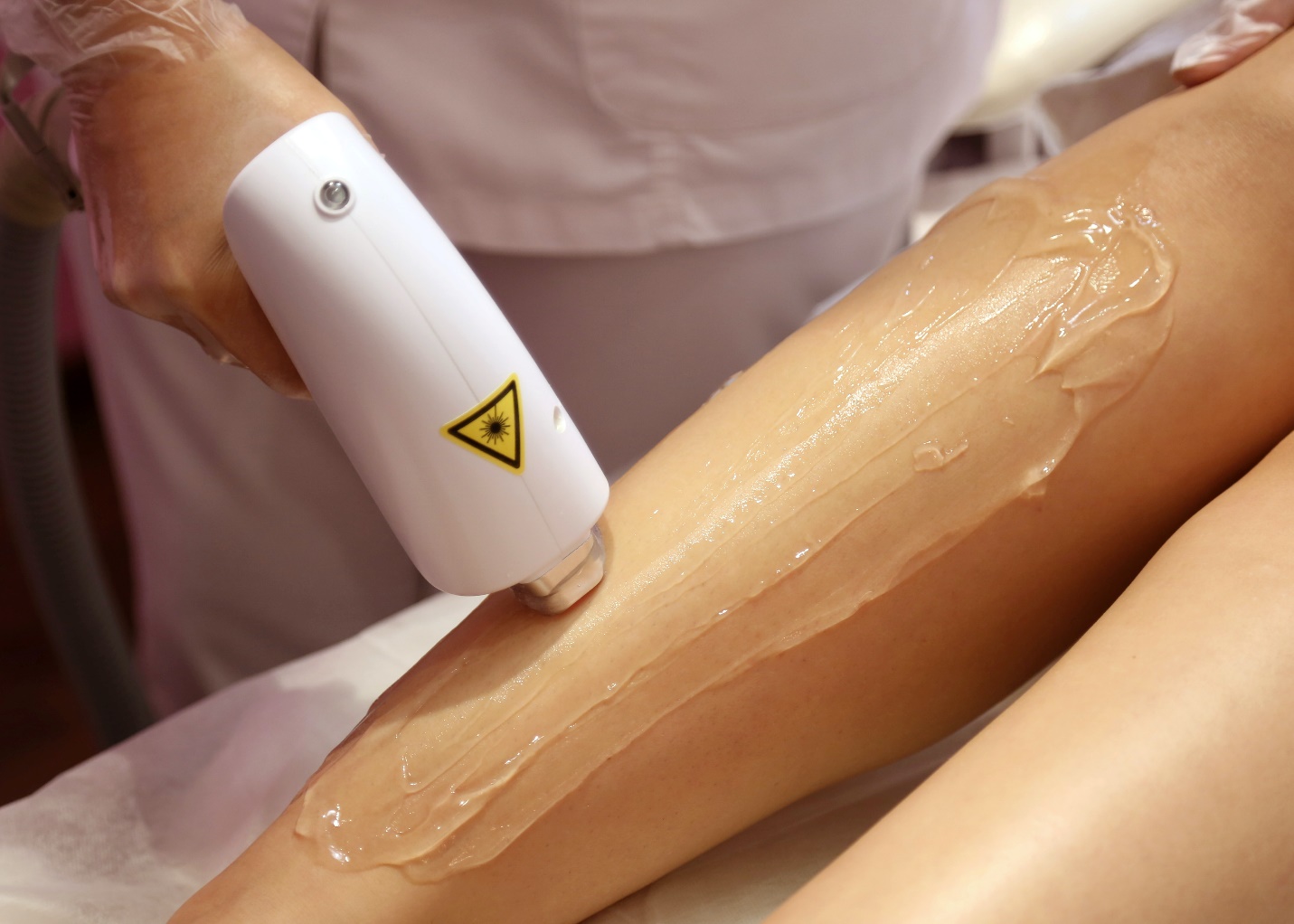General Health Tips & News
The Effectiveness of Ultrasound and MRI in the Diagnosis of Soft Tissue Injuries
By M.M. (staff writer) , published on May 21, 2023

Medicine Telehealth Health Tissue Injuries Ultrasound
The Effectiveness of Ultrasound and MRI in the Diagnosis of Soft Tissue Injuries
Soft tissue injuries are a common type of injury that can occur in the muscles, tendons, and ligaments. They can be caused by a variety of factors, including overuse, trauma, and repetitive motions. Soft tissue injuries can be difficult to diagnose and can cause significant pain and discomfort.
Medical imaging, such as ultrasound and magnetic resonance imaging (MRI), can be used to diagnose soft tissue injuries. This article will explore the effectiveness of ultrasound and MRI in the diagnosis of soft tissue injuries.
Ultrasound
Ultrasound is a non-invasive imaging technique that uses high-frequency sound waves to create images of the inside of the body. It is often used to diagnose soft tissue injuries because it can provide clear images of the muscles, tendons, and ligaments.
Effectiveness
Ultrasound is effective in the diagnosis of soft tissue injuries because it can provide real-time images of the affected area. This allows the practitioner to see the extent of the injury, as well as any changes that occur over time.
Ultrasound is also effective in the diagnosis of soft tissue injuries because it can be used to guide injections or other procedures. For example, ultrasound can be used to guide a needle to the exact location of the injury for an injection of a corticosteroid.
Limitations
One limitation of ultrasound is that it can be difficult to obtain clear images of deep structures, such as tendons and ligaments. Additionally, ultrasound may not be able to detect small or subtle injuries.
Magnetic Resonance Imaging (MRI)
Magnetic resonance imaging (MRI) is a non-invasive imaging technique that uses a powerful magnetic field and radio waves to create detailed images of the inside of the body. It is often used to diagnose soft tissue injuries because it can provide clear images of the muscles, tendons, and ligaments.
Effectiveness
MRI is effective in the diagnosis of soft tissue injuries because it can provide detailed images of the affected area. This allows the practitioner to see the extent of the injury, as well as any changes that occur over time.
MRI is also effective in the diagnosis of soft tissue injuries because it can be used to detect injuries that may not be visible on other imaging tests, such as X-rays or CT scans. For example, MRI can detect injuries to ligaments and tendons that may not be visible on X-rays.
Ultrasound and MRI are effective tools in the diagnosis of soft tissue injuries. Ultrasound can provide real-time images of the affected area, and can be used to guide injections or other procedures. MRI can provide detailed images of the affected area, and can detect injuries that may not be visible on other imaging tests. However, both techniques have their own limitations, such as difficulty in obtaining clear images of deep structures and high cost respectively. The choice of imaging technique will depend on the type and location of the injury, as well as the availability of the equipment and the patient's condition. Consultation with a healthcare professional is necessary to determine the best course of action for diagnosis.
Sources:
2. https://www.mdpi.com/2075-4418/12/2/411
3. https://www.ncbi.nlm.nih.gov/books/NBK219250/
Find articles related to: Medicine Telehealth Health Tissue Injuries Ultrasound
More articles about General Health Tips & News
Back to the Health Tips Index




